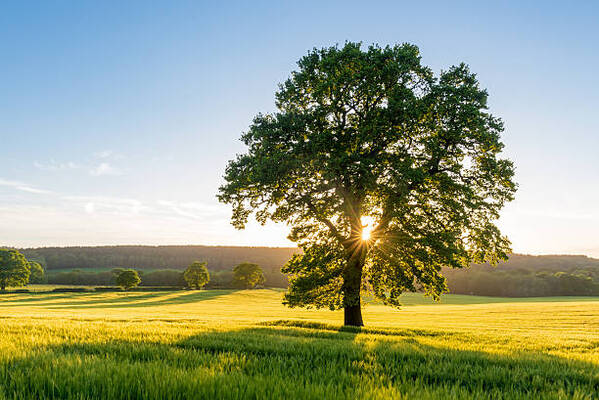- 1-905-452-8193
- Contact Us
- Member Login
- Get Listed Today
- 220,911 members

It's no secret that trees are essential for a healthy and balanced environment. They provide us with oxygen, absorb carbon dioxide, and help maintain clean air quality. Shrubs also have an undeniably calming effect on the landscape; they can reduce noise pollution, make our cities more beautiful, and add to the overall aesthetic of our neighbourhoods. Tree lopping Sydney is important to ensure their health and longevity so that we can continue to enjoy all the benefits they so generously provide us with.
When it comes to tree care, there are several important terms you should know. Maintaining the shrubs in your garden involves a range of services including pruning, trimming and felling, so a good understanding of the terms associated with these services is essential for making informed decisions and ensuring your trees stay healthy and looking their best.
When you work with an arborist, these are the garden maintenance terms you need to be familiar with.
Pruning
Pruning is the process of removing dead, diseased or damaged branches from a tree or shrub. It also involves trimming overhanging branches that may be structurally unsound or hazardous. Pruning helps to increase light penetration, improve air circulation within the canopy and promote healthy growth.
Trimming
Trimming is similar to pruning but instead focuses on shaping the overall look of trees by removing selected portions without compromising their health or safety. This technique can be used to create desired shapes for aesthetics or for setting boundaries around safety hazards such as power lines.
Felling
Felling is the process of cutting down a whole tree from its base using chainsaws. This service is often required when a tree has become dangerous due to disease or damage caused by unfavourable weather conditions. Felling should only be undertaken by experienced professionals who use specialized equipment and techniques for safety reasons.
Thinning
Thinning refers to selective pruning that removes dense parts of the crown to reduce weight stress on weak limbs, improve airflow through the canopy and reduce shading from overcrowded branches. Thinning also helps balance out nutrient concentration within the soil by decreasing competition between plants for resources such as water and minerals.
Lacing
Lacing is another type of selective pruning that eliminates secondary shoots that would otherwise reduce light penetration into inner parts of the canopy where new shoots may not have sufficient space to develop properly. Lacing also promotes healthier foliage development along with a better-looking shape overall when done correctly.
Crown Reduction
Crown reduction involves reducing the size of a tree’s crown (the foliage-bearing part) while preserving its natural shape as much as possible by selectively removing its lateral branches at predetermined points along their length rather than cutting them off in an arbitrary manner which could ruin its natural form if not done properly by an expert tree lopper.
Crown Raising
Crown raising is another important arborist term that describes increasing clearance from buildings or other objects directly beneath it via selective pruning so that more sunlight can reach landscaping below it, plus providing accessibility for people walking near it without danger posed by overhanging branches being able to fall on them unexpectedly due to wind gusts, among other things. Raising can also open up views that were previously obstructed by dense foliage overhead.
Stump Grinding/Removal
Stump grinding/removal refers to grinding down old tree stumps into small pieces with special tools after they’ve been cut down using chainsaws or axes to make way for new plantings/landscaping options or just generally clear up any leftover unsightly remnants left behind afterwards (especially useful if they pose potential trip hazards). It’s important when undertaking this service that all residual pieces are removed completely so no sharp edges remain that could potentially cause injury.
Deadwood Removal
Deadwood removal refers to the removal of dead branches from trees due to their excessive weight, lack of foliage coverage (bareness) & potential hazard risk posed by falling debris if left unchecked due to heavy winds etc. It’s important however before attempting any DIY deadwood removal project, you get advice from a professional arborist.
Tree Pollarding
Tree pollarding is where sections at the top part of your tree are removed usually at uniform intervals throughout each year in order to keep them under control & prevent future growth particularly when they become large enough that maintenance becomes difficult/dangerous otherwise (e.g power lines etc.) This method preserves longevity & aesthetics whilst keeping them manageable.
